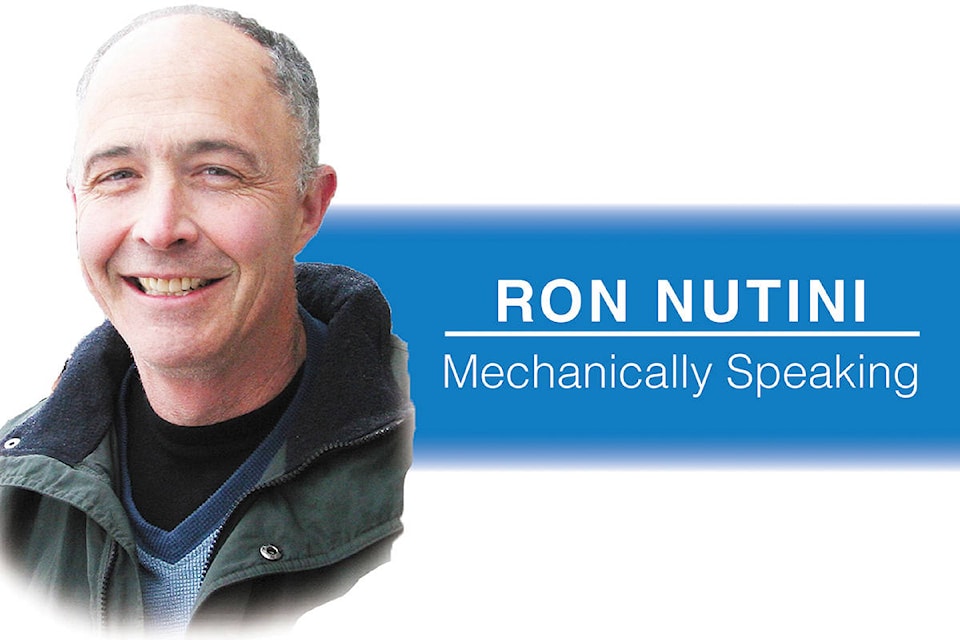It is not uncommon especially after the winter that your mechanic will recommend that your brakes need service. No, not replacement, but service. What is a brake service?
A proper brake inspection requires more than just looking at how much material is left on your brake pads. Most brake inspections report the brake pad thickness in millimetres on both the front and rear brakes. The other report method will be a percentage of brake pad material left front and rear.
These numbers are important to know but they require a little more qualification. In the process of measuring pad thickness the condition of that brake pad material and the condition of the braking system overall must be established.
One step in a proper brake inspection establishes how free the brake pads are to move in their respective caliper bracket. The bracket locates the pads while allowing them to squeeze the brake rotor. The caliper does the squeezing.
Most calipers are the sliding variety. One side is a piston that pushes out and the other side is just solid. The caliper usually slides on two pins. The piston or pistons slide on a square rubber ring that is sealed from the elements by a rubber boot. The pins are also sealed by rubber boots. The piston is lubricated by brake fluid. The pins are lubricated with fancy high temperature grease.
Higher performance brake calipers are a solid design without sliding pins. Multiple pistons push the brakes pads against the rotor from both sides of the caliper. The brake pads travel in and out along the upper and lower sections of the solid caliper.
The brake system of your vehicle is exposed to the elements. In the winter the elements in our neck of the woods are salty water, sand, and maybe just a few rocks (tic). Combine these elements and the high temperatures that brakes produce and your brake system starts to break down.
The formation of rust on the surface of the caliper bracket and the metal backing of the brake pad starts to pinch the brake pads in the caliper bracket. The formation of rust around the edges of the caliper pins can compromise the boot seal and let water into the pin area. Now the pins corrode and start to seize within the cavities they were designed to slide within.
A brake service restores free movement of your brake pads and caliper pins. First corrosion is removed and then all parts are lubricated as required. The process is similar to completely replacing brake pads without actually changing the brake pads themselves.
Brake service will ensure that your brakes function optimally while wearing optimally. Skipping this maintenance service results in premature brake wear, poor braking power, or even early brake failure.
Trail’s Ron Nutini is a licensed automotive technician and graduate of mechanical engineering from UBC. E-mail: nutechauto@telus.net
